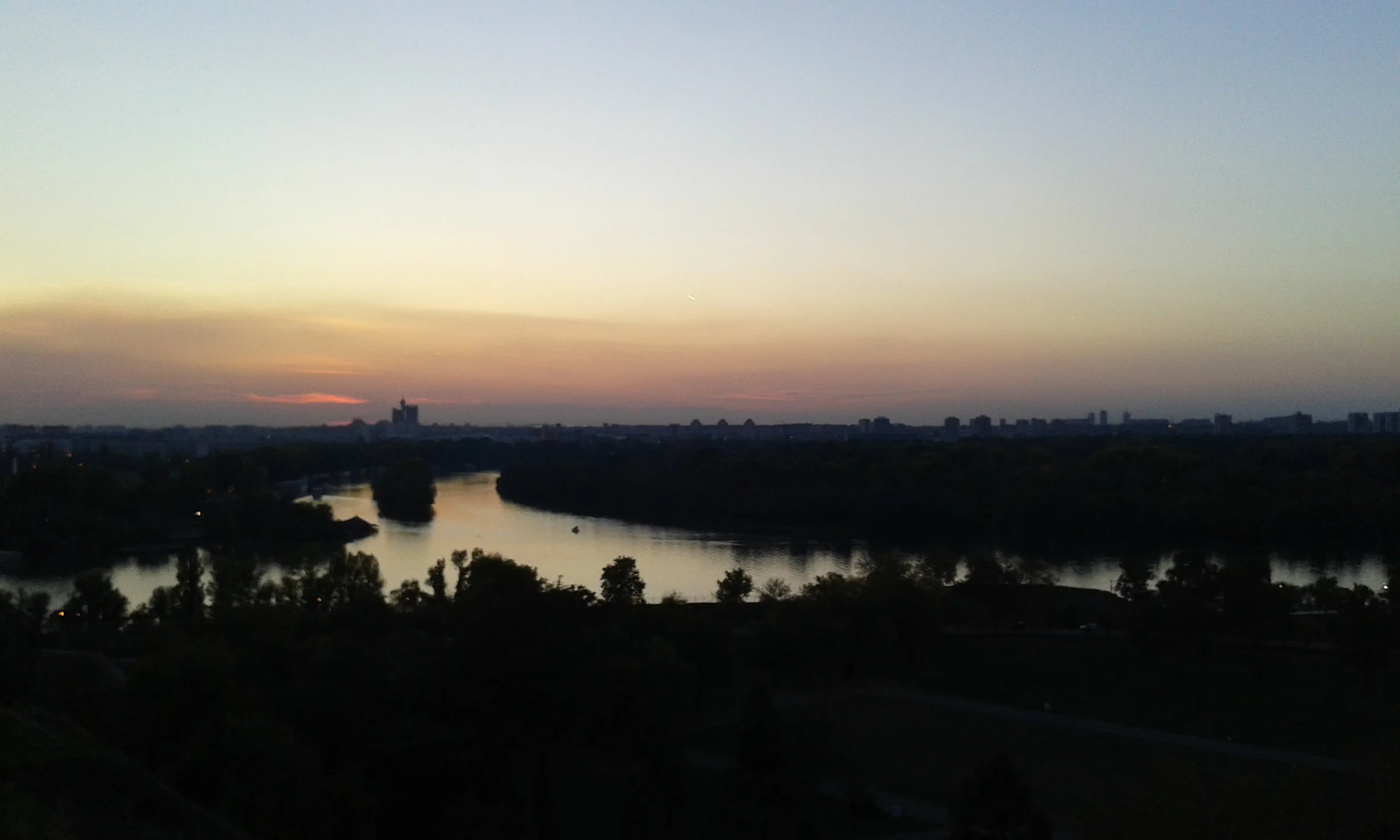My second journey to the Balkans in Autumn 2017 started in Pogdorica, Montenegro, once one of the ugliest cities in the world according to many. I stayed there for a few days and in fact I wasn't that much impressed by the city, although I find the expression "ugliest city in the world" a bit too harsh. For me coming back there was a way (as usual) to continue a journey I started previously, 8 years before, driving through Slovenia and Croatia with one of my best friends from back home. After Podgorica which included a night at the stadium with a girl from San Francisco watching a football game that Montenegro lost against Denmark and a nasty night out drinking local spirit Rakia that I regretted the day after, I decided to move down the coast visiting Budva and Kotor fiords. Kotor was particularly nice, the old town looks really cozy and there is also a chance for hiking up to the old fortress.
After Montenegro next stop was Mostar, which I reached by bus. Bosnia is a completely different reality from both geographical, political and religious prospective. The country has been massacred during the Balkan wars and it is still struggling to walk on its own legs. The presidency of the country rotates every 8 months between 3 members (a Bosniak, a Serb and a Croat) and that probably doesn't help to stabilise things in the area. Mostar bridge (Stari Most) is the most meaningful monument I have seen in this trip, together with all the white gravestones cemeteries in Sarajevo. It is an Ottoman bridge that connect the two parts of the city, firstly destroyed during the Croat-Bosniak war and subsequently reconstructed as a symbol of reconciliation and friendship between the different inhabitants of the city, Bosnians, Croats, Serbs, Muslims, Jews and Orthodox Christians.
Last but not least came Serbia. Only two stops: Belgrad and Nis. Despite of being one of oldest cities in the world, I found Belgrad a city with an hidden potential, a city that could possibly become an European cultural center also depending on eventual political changements. The vibe is somehow similar to Berlin, the city where I currently live. The urbanisation is very strong but at the same time leaves space for a relevant number of abandoned building that could be used for cultural activities of various kind. Particularly enjoyable is also the view from the fortress on the two rivers Sava and Danube. The fortress built in 3BC from the Celts and rebuilted by the romans around 535 was the very nest of the city and most of its population used to live inside back in the days.
